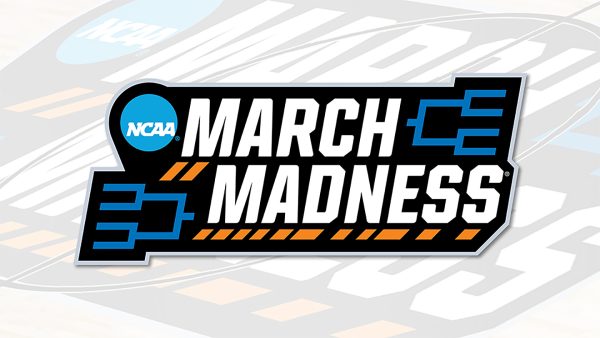Who’s Becky Anyways?
June 12, 2019
Pop culture has brought the existence of disabilities to the center of public attention, and it’s increasing overall public awareness for all ages.
Over the last decade, Mattel, the creator of Barbie has committed to rebranding as a way to promote young girls, and boys, to embrace their individuality and open their minds to future opportunities. Following the release of new dolls featuring a variety of different skin colors, body shapes, hair textures, and professions, the company has announced the addition of two new Barbies; one using a wheelchair and another with a prosthetic leg.
Now, this seems like a step in the right direction. One towards introducing visible disabilities to mainstream society.
As the company had hoped, children playing with such dolls will come to recognize disabilities as an everyday part of life. But does anyone remember Barbie’s friend Becky back in 1997? No, and that means this isn’t the company’s first attempt at releasing a market-shattering kids toy.
But what really happened to Becky?
The release of the Becky doll had originally been an immediate hit the company was hailed for changing the standard Barbie mold to encompass a population that had yet to be commercialized.
But when paired with accessories, such as the Barbie Dreamhouse, young consumers found that Becky’s wheelchair could not move from room to room due to the bulky design. Along with this, Becky was unable to join her friends for an elevator ride to the roof deck for afternoon brunch.
Mattel’s solution to the problem: the Becky model was discontinued a year after it’s release and ultimately forgotten.
Naturally, the company faced a toy chest full of criticism for this course of action. But reintroducing a similar model is an attempt to right their wrongs, better late than never as they say.
But let’s be honest, there’s no correlation between right and wrong here.
Toy tycoons, such as companies like Barbie always look to up-and-coming concepts in the adult world to build their styles, designs, and philosophies upon. So it’s no surprise to hear that other industries have begun to do the same, incorporating designs into their products to represent the 15% of individuals worldwide living with a disability.
Another strong influencer of pop culture worldwide: Apple inc. Odds are you have the emoji keyboard already downloaded on your phone, your preset favorites used daily. This ever-growing series of 2,823 symbols has developed into a visual language all its own.
Sending a sassy, sarcastic message to your friend? Add a laughing emoji and BAM, they’ll instantly know that you are just pulling their leg. This system is a perfect way to depict a mood and tone within your message. One of the reasons it has grown in popularity is due to its unique ability to get a message across without using a single letter.
An upcoming update will include 59 new emojis, 13 of which will represent disabilities: a hearing aid, a seeing eye dog, a walking stick, etc..
As mentioned previously, this sudden boom of disability representation is a reflection of society. One example you may be overlooking lies right across the street.
No, literally across the street, have you heard the clicking noises at pedestrian crosswalks for the blind? What about the inclusion of American Sign Language translators on news broadcasts for the deaf? The world is changing for the better, making it easier for people with disabilities to travel and be part of the community. The reflection of this in children’s toys will increase awareness and inspire future generations to continue producing means of accommodations.


















